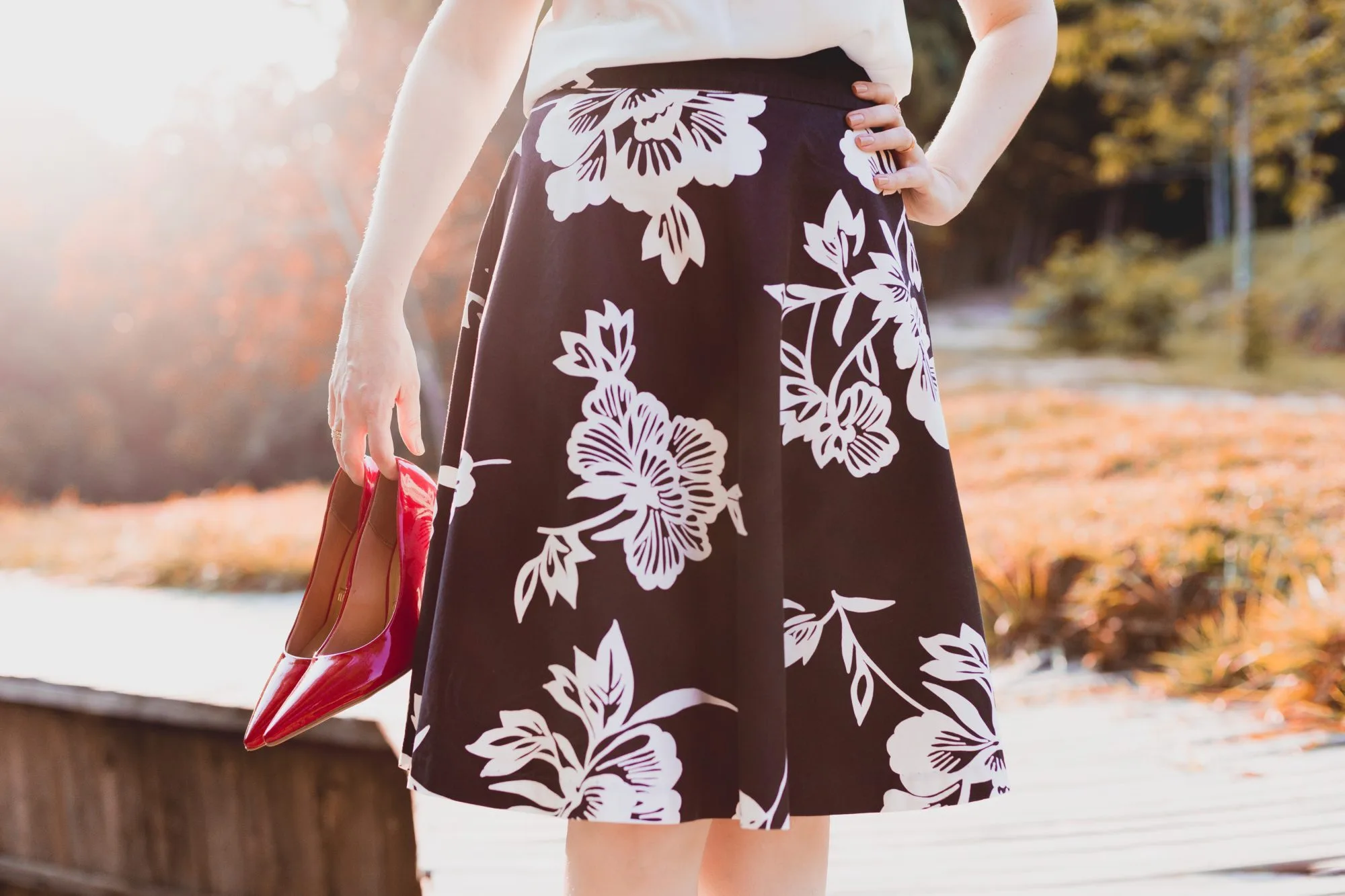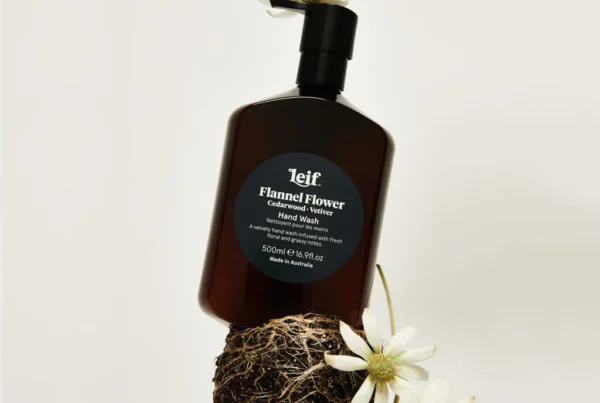Some people decorate their bodies with clothing as a form of self-expression, while others do not entertain any other purpose for fashion outside of being functional. Regardless of your intention behind curating your wardrobe, it is important to establish an awareness around the exact life cycle of the pieces you purchase; from the raw materials sourced through to the distribution process. People are leaning more towards sustainable fashion because of the lasting and considerate benefits it offers.
There is a growing desire for transparency amongst consumers as ethical, welfare, and environmental standards (about businesses) are of priority. We see the popularity of providing clarity in the food industry. People want to know where their food is being grown, who is doing the growing, and exactly what is being added to it. The fashion industry is no exception, with sustainable fashion paving the way for a more thoughtful, just, and holistic approach.
What is sustainable fashion?
Sustainable fashion is all about adhering to social, economic, and environmental values throughout the fashion manufacture, distribution, and consumption process. The motivation is to extend the lifespan of clothes, all the while reinforcing integrity amongst stakeholders and heeding the environmental impact. The entire existence of a garment created by the careless and greedy hands of fast fashion (from its inception to its disposal) is responsible for 10% of the annual global carbon emissions. Taking action to create apparel that is carbon-neutral in its composition is necessary to reduce these alarming rates.
People often consume thoughtlessly, whether it be food or clothing. They do not question the origins or activities involved in crafting the clothes they wear. How much water was required to produce this clothing item? Does this fashion brand abide by fair trade? Have worker rights been violated during manufacturing? Were synthetic or natural materials used? These are imperative questions to consider regarding our fashion choices. Sustainable fashion is all about encouraging conscious consumerism in society and investing in brands that value fair working conditions, social justice, and ecological integrity.
The fast-fashion industry dilemma
The fast fashion industry is primarily profit-driven, with a particular focus on quantity over quality. The desire to produce copious amounts of clothing seems to outweigh using good quality materials during manufacture. As a result, the world faces an increase in discarded clothes in landfills. According to statistics, as much as 92 million tons of clothing account for the textile waste found in landfills every year.
Unfortunately, the entire production process of the apparel created by the fast fashion sector wreaks destruction. Delivering the end product to retail stores requires a large volume of resources, including water and land. It is easy to place the majority of the blame on the fast fashion industry for the abundance of textile waste. However, consumers should take some accountability too.
It is our demand for affordable but poor-quality clothing that has fuelled this dilemma. Research has shown that we own 60% more clothes than 15 years ago, but we do not necessarily wear them all. Luckily, some great benefits to sustainable fashion can reduce these problems.
7 unexpected benefits of sustainable fashion
To think that our wardrobes can damage our ecosystems and prolong immoral labor practices is startling. But helming our demands is where our power lies. Read on to find 7 unexpected benefits of adding a sustainable fashion flair to your closet.
1. Reduce your plastic consumption beyond grocery store trips
People are fully alert when it comes to the harm plastic is causing to the planet. We have ditched plastic straws for ones made from metal and swapped plastic grocery bags for reusable ones. Only, the presence of plastic extends beyond the grocery store. 60% of the material used in our clothing is a form of plastic. The fast fashion sector wants to dish out large volumes of garments as quickly and affordable as possible. Therefore, they rely heavily on cheap synthetic materials to satisfy the demand.
Fast fashion attire is commonly made with polyester, nylon, and acrylic (all of which are plastic).
The concern is that it takes thousands of years for these synthetic fibers to decompose, and they release harmful greenhouse gases during this process. Sustainable fashion uses lower-impact fabrics such as organic hemp, sustainable cotton, organic linen, and recycled wool.
2. Your washing machine will stop polluting the oceans
Unwanted clothing is the catalyst behind not only land pollution but ocean pollution too. Every wash of your clothes releases microplastics into the environment. Up to 35% of the plastic contamination in the oceans can be attributed to plastic particles shed from each wash cycle of synthetic garments.
It is important to realize that the pollution we create is ongoing throughout our ownership of poor-quality clothing. To simply avoid tossing your polyester shirt into a landfill is not enough. Be selective about the materials used in your clothes, and rather choose eco-friendly options.
3. Support healthier skin
Chemical treatments and textile dyes flood the fast fashion production process. The final product seemingly parades a trendy and refined piece of clothing. However, the constitution of this new addition to your fashion collection may be imposing unnoticed harm on your skin.
The textile industry uses various dyes, chemicals, and agents that have been found to be potentially carcinogenic. Our skin is highly absorbent, hence anything we put on it will be soaked up like a sponge.
Wearing the clothes that have undergone these treatments directly exposes us to toxins. Fortunately, the manufacture of eco-fabrics presents more benefits of ethical fashion. It uses little to no harmful chemicals, which means that our skin is unlikely to experience discomfort and irritation.
4. Create a safer (and healthier) environment for those making your clothes
It would weigh heavy on your conscience knowing that the creation of your favorite attire came at the cost of the welfare of the people who worked hard to produce it. Studies have shown that cancerous risks are involved in workers within the fast fashion space who have frequent contact with the chemicals used during production.
In addition, the industry’s pursuit of profit has led to the exploitation of cheap labor. We see this, particularly in countries where they do not enforce workers’ rights. Labor takes place in unsafe conditions without the appropriate compensation. Ethical fashion, on the other hand, promotes fair trade. Workers are exposed to a healthy working environment and receive suitable wages.
5. Embrace a more novel wardrobe
Those who like to channel who they are through the garments they dress themselves in will appreciate the sense of individuality that sustainable fashion breeds. A mass production of the same style means that millions of people are likely to possess the same item of clothing. This can be frustrating if you crave setting yourself apart from everyone else.
One of the best benefits of ethical fashion is that it fosters a small batch of production. This allows for a bigger focus on quality and craftsmanship. You can curate a selection of pieces that are entirely unique.
However, distinctive clothes do not necessarily have to come from supporting small and ethical brands. You can incorporate a pre-loved item into your closet, or play around with your creativity by upcycling an older garment (and increasing its value in the process). It is possible to be custodians of the earth and advocate for social empowerment whilst looking stylish. Mindful shopping does not have to come at the expense of dressing tastefully.
6. Buy a pre-loved garment and decrease its carbon footprint by 85%
Your clothing acts as a perpetual pollutant during its lifespan because of all the activities involved across a new garment’s existence. However, it is estimated that opting to buy a second-hand clothing item instead of a brand-new one can lower its carbon footprint by approximately 85%. This is one of the powerful benefits of sustainable fashion. The harvesting, producing, transporting, and washing associated with making new clothes generates a large sum of emissions. Acquiring pre-loved clothes lessens the burden of these releases on the environment.
7. Your pockets will take less strain in the long run
The fast fashion model appeals to our desire to save money whilst aligning our wardrobes with the latest fashion trends at the same time. However, garments made from poor-quality materials do not last as long which inevitably pushes us to spend more money on new pieces from the same fast fashion brands. In the long haul, a more mindful purchase of clothing of higher value results in the delight of wearing it for years to come.
Takeaway
Eco-friendly fashion has embarked on a quest to abolish linear fashion structures in mainstream society and introduce a circular existence to clothing. It prioritizes the integrity of our ecosystems and safe working conditions within the fashion sector. Consider the benefits of sustainable fashion the next time you want to spice up your wardrobe. If we make more of a conscious effort to finance eco-friendly clothing, we can experience a plethora of benefits on a personal, social, and environmental scale.



![women [longevity live]](https://longevitylive.com/wp-content/uploads/2020/01/photo-of-women-walking-down-the-street-1116984-100x100.jpg)










